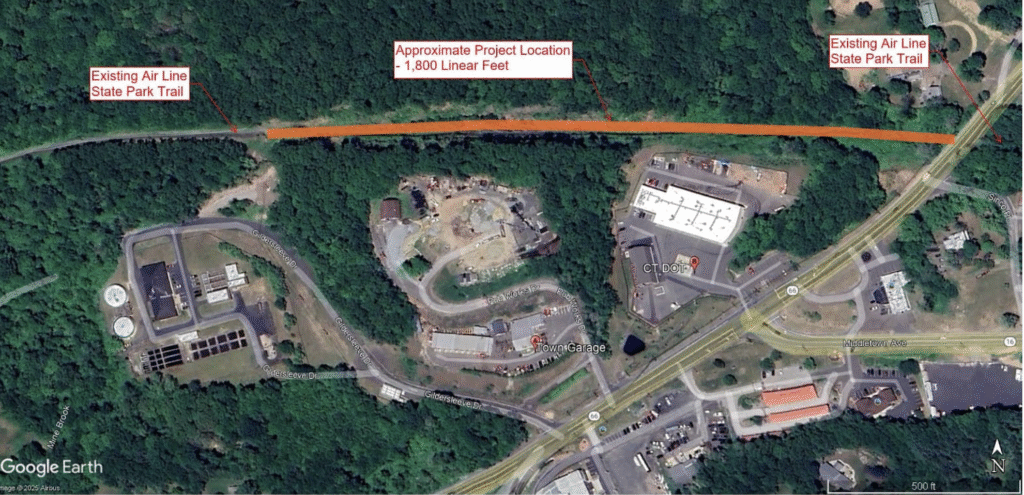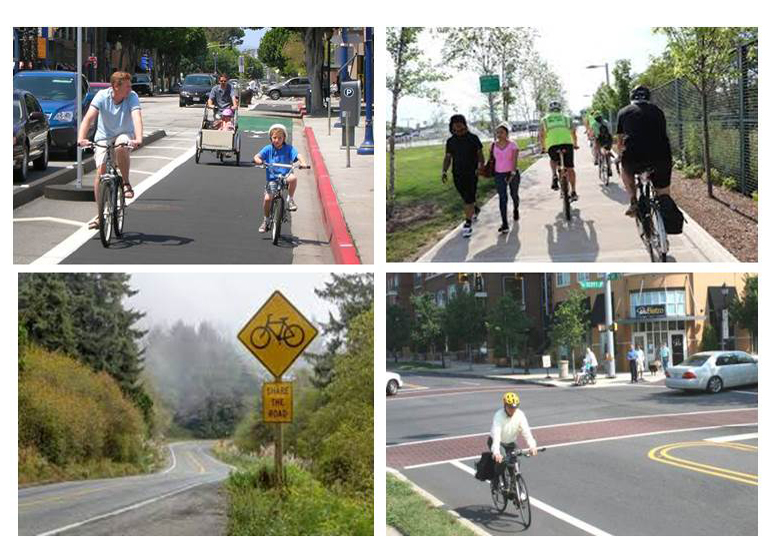If you’ve been thinking about solar, get started now to take advantage of Federal Solar Incentives before they expire.
Continue readingCategory Archives: News & Events
Grades Are In For Our Representatives
The Connecticut League of Conservation Voters (CTLCV) has released its annual Environmental Scorecard.

This is a tool we can all use to hold our lawmakers accountable.
Which of your elected officials are regular champions of protecting our environment, healthy living and green economy?
Which elected officials are marginal or failing us?
Readers Theater Presents “The Velocity of Autumn”
 Reader’s Theater Presents “THE VELOCITY OF AUTUMN” by Eric Coble. A play about a 79-year-old artist, Alexandra, who barricades herself in her Brooklyn brownstone with Molotov cocktails to avoid moving into a nursing home. Her estranged son, Chris, climbs through a second-story window to mediate the situation, leading to a confrontation that explores themes of aging, independence, family dynamics, and the struggle to maintain one’s identity.
Reader’s Theater Presents “THE VELOCITY OF AUTUMN” by Eric Coble. A play about a 79-year-old artist, Alexandra, who barricades herself in her Brooklyn brownstone with Molotov cocktails to avoid moving into a nursing home. Her estranged son, Chris, climbs through a second-story window to mediate the situation, leading to a confrontation that explores themes of aging, independence, family dynamics, and the struggle to maintain one’s identity.
Sunday October 5th at 3:00 PM at the Oddfellows Playhouse in Middletown, CT.
To reserve a seat, please call OP at 860-347-6143, leaving your name and number of seats.
Donations accepted at the door.
Saving Wildlife Habitat While Enjoying Nature
 Our final Paddle With A Purpose for the season was on August 2. Volunteers and field workers removed 2000 pounds of invasive water chestnut plants. That makes our total for the year come to 18,500 pounds. (We removed 24,000 pounds last year. So, we’ve made progress in reducing this infestation.) Continue reading
Our final Paddle With A Purpose for the season was on August 2. Volunteers and field workers removed 2000 pounds of invasive water chestnut plants. That makes our total for the year come to 18,500 pounds. (We removed 24,000 pounds last year. So, we’ve made progress in reducing this infestation.) Continue reading
The heat didn’t stop our work party at the landfill!
We are so thrilled to have awesome volunteers step up to help us on a hot, humid day in July. This crew showed up ready to work!

Work Party – From left to right – Marek Kozikowski, Chantal Foster, Rob Evans, John Hall, Ann Percival, Nathaneal Rodbourn, Carl Lecce, Mick Bolduc, Mike Thomas, Kevin Markowski – Other volunteers not pictured– John LeShane, Kristen Colombo, Gary Middleton and James Sipperly
Before we arrived on site, Joe Pac (from Plummer Landscaping) kicked off the volunteer effort by driving a Brush Hog through Mugwort that was up to 5ft tall in some places.
Continue readingVolunteer Opportunity: Help Build Middletown’s Next Nature Trail!
We’re kicking off the transformation of the Middletown landfill summit into a nature trail loop on Thursday, July 17th at 9AM. (Pictured – Aerial view before solar panels)

When this trail is complete, it will have educational signs, benches, and an elevated wildlife viewing platform.
Connecting the Air Line Trail in Portland to East Hampton and Middletown

Portland to East Hampton Developments
There is a major development happening with the Air Line Trail in Portland and East Hampton Connecticut. Users of the trail will be glad to know that significant progress is being made to connect the Portland and East Hampton sections of the trail and thereby connect the Portland trail to the rest of the 55-mile long Connecticut State Park Air Line Trail. This has been a long-term goal of the two towns and the State Parks Division.
June 3 marks the 7-year anniversary of the ribbon-cutting ceremony celebrating the opening of the Air Line Trail in Portland in 2018. A few months later, East Hampton completed a section of their trail connecting it to Portland’s. However, a small 1800-foot gap remained in East Hampton separating the two segments. This gap has frustrated many users of the trail for the past 6 years.

The 1800-foot gap was unable to be completed as part of the original plan because a stream ran through it and it was designated as wetlands, requiring a wetlands study. A plan then needed to be developed to allow the trail through without disturbing the stream and water way and appropriate permits obtained. Eversource also had power lines running through this section that further complicated the situation. Sufficient funding also needed to be found. This all took several years to work out.
Walk With Us On The Landfill Trail

This is a sneak “peak” of the view.
See the rest for yourself, join an upcoming walk with us!
– May afternoon at the retired landfill
Imagine yesterday’s trash as today’s treasure. At Middletown’s retired landfill, you can see stunning views of three rivers, a 1000-acre tidal marshland, the Arrigoni Bridge, and faraway hills. This quarter-mile path (rising 80 feet to the top) is next to the city’s transfer station and the Keating Building. It even has its own soundtrack…bird songs! This is a transformation in progress that’s worth seeing.
Join the Jonah Center for a short, invigorating walk! It’s about 10 minutes or less to get to the top where we can have a snack and take in the view together.
Ready to explore?
Come to a group walk: Sunday, June 8th, 9-10 AM and Saturday, July 19th, 9-10 AM
Sign up to walk with us or explore on your own and share your feedback!
Video — A Tawny Garden Slug?
Videographer Phil LeMontagne wrote: This video proves that you don’t have to leave the planet to see something that looks truly alien. I took the video on the grounds of the Wadsworth Mansion. I believe that it is a Tawny Garden Slug, (Limax flavus). The long tentacles at the front are for sight and smell. The short ones are for taste and touch. It was probably looking for something to eat, but since it was very exposed, in the middle of a very wide trail, it was more likely to be eaten itself.
Video — Paddle With A Purpose
Phi LeMontagne captured this video of our Paddle With A Purpose event on July 14, 2024. We invite new volunteers, even if you have never paddled before, to join us this summer. Our partner, The Connecticut River Conservancy, has a limited number of kayak to loan to those who don’t own one. See our 2025 paddle schedule and access our registration form here.
Socially Conscious Music

Student composer Emma Mistele (center), with John Hall (left) and Kristen Colombo (right) at the presentation of music written for Noah Baerman’s class at Wesleyan.
Some of the Wesleyan students in Noah Baerman’s course “Experiments in Public Life: Creating and Presenting Socially Conscious Music” met with the Jonah Center, Community Health Center, Gilead Community Services, Oddfellows Playhouse, and Artists for World Peace, to find inspiration for their projects. Our readers can listen to the resulting 5 compositions and 12 others here.
The composition that emerged from the Jonah Center interview, “Vernal Piano” by Emma Mistele, is included in the above album, but its introduction and recording can also be found here
Public Input Needed For Complete Streets Projects

Middletown’s Complete Streets Committee and the Jonah Center will be conducting a Public Information and Input meeting regarding current projects on Monday, June 9, at 7 PM in Room 208 of City Hall, 245 deKoven Drive. This will be a good opportunity to learn more about what’s going on with bike paths, sidewalks and multi-use trails in and around town. Continue reading















